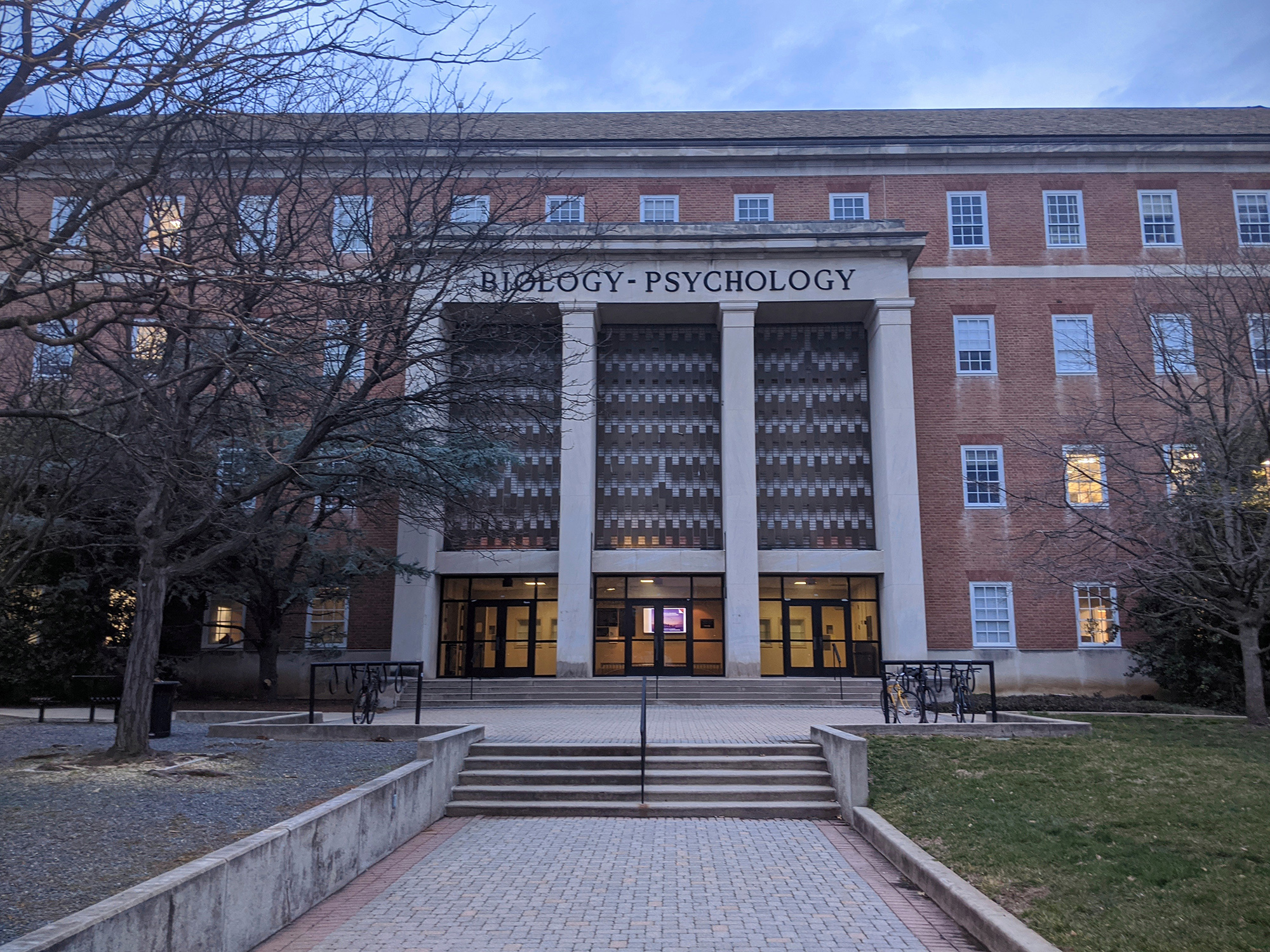Haley Suh started out as a psychology major in 2018 at the University of Maryland — but when she took a class that covered neuroscience, she discovered a new passion.
So, when she heard that the field would be getting its own major next fall, she was excited to make the switch.
“I was like ‘Wow, I gotta do it,’” she said.
In the fall, Suh will be one of the first students to join the new neuroscience major, which will span two colleges: the behavioral and social sciences college and the computer, mathematical and natural sciences college.
The major will prepare students for many career paths, said behavioral and social sciences college Dean Gregory Ball. Scientific research, medicine, clinical psychology, science-related government, non-profit or private sector employment are a few professions included on the neuroscience department’s website.
Read more: [A neuroscience major is in the works for University of Maryland undergraduates]
“This major provides a fascinating intellectual odyssey you can pursue,” Ball said.
Fifty freshman are expected to enroll in the new major in the fall, said Eden Garosi, undergraduate admissions counseling and recruitment coordinator for the computer, mathematical and natural sciences college. They’ll be able to choose from two upper-level tracks: cellular, molecular and physiological neuroscience and behavioral and cognitive neuroscience.
Current freshmen and sophomores will be able to transfer into the major in June, said Hilary Bierman, the new program’s co-director.
The major has been in the works for about six years, said Ball, who helped spearhead a neuroscience undergraduate program at Johns Hopkins University before arriving at this university.
The committee — which Ball assembled and chaired — spent nine months assembling a proposal for the major, he said. The Maryland Higher Education Commission finally approved it to come to this university last February.
The university has had a neuroscience doctoral program since 1996. The university offers undergraduates classes related to the subject — as well as a minor in the behavioral and social sciences college — but Ball said that did not negate the need for a major.
The neuroscience field started, he said, because people across the fields of neurophysiology, neuroanatomy and psychology wanted to communicate with each other.
Read more: [Board of Regents OKs new major at UMD focused on virtual reality design]
“We should have our education program reflect the intellectual landscape,” Ball said.
One of the required courses for the major, NEUR200, was offered this semester.
Sophomore Christina Capozzoli is enrolled in the class currently, and spoke highly of it. The lectures are engaging and informative, she said, and the course materials make learning fun for her.
“[There’s] a coloring book that’s supposed to help us with learning neuroanatomy,” Capozzoli said. “It’s probably the coolest textbook I had.”
Capozzoli, now a civil engineering major, said she’s almost positive that she’s going to switch to neuroscience. She just hasn’t found her engineering classes particularly stimulating, she said, and having a background in neuroscience could carve a pathway for her to enter the field of clinical psychology or psychiatry, or go to medical school.
However, Capozzoli said her adviser tried to convince her to stay in the major, telling her that majoring in civil engineering would open up a lot of doors.
“But… those aren’t doors I really want to take,” Capozzoli said.
CORRECTION: Due to an editing error, a previous version of this story incorrectly stated PSYC309U: Introduction to Neuroscience was first offered this spring and is one of the required classes for the neuroscience major. NEUR200: Introduction to Neuroscience is a required class for the major that is offered this semester, but PSYC309U isn’t currently offered or required. This story has been updated.



